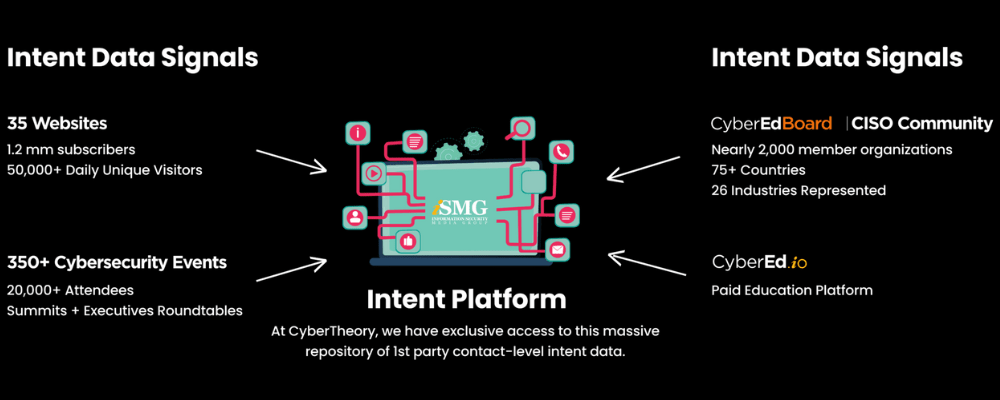In today’s data-driven marketing landscape, first-party intent data is a treasure trove of insights waiting to be discovered. This post aims to demystify first-party intent data and shed light on how it can be a game-changer in your marketing strategy. As businesses strive to deliver increasingly personalized experiences, understanding and leveraging this type of data can offer a competitive edge.
What is First Party Intent Data?
First-party intent data refers to the information collected directly from your interactions with potential customers. This can include website visits, social media engagement, and customer service interactions. Unlike third-party data, which is aggregated from various sources, first-party data is both reliable and highly relevant to your specific business.

Because you own this data, you have more control over its use and application. This ownership allows for more accurate targeting and personalization, making first-party intent data an invaluable asset in your marketing toolkit. The direct nature of first-party data also means it’s inherently more trustworthy and compliant with privacy regulations, offering a safer and more effective way to engage with your audience. By leveraging this data, you can create highly customized campaigns that resonate with your target market, thereby increasing conversion rates and customer loyalty.
The Importance of First Party Intent Data
First-party intent data is a cornerstone for personalized marketing. It allows you to:
- Understand customer behavior and preferences
- Tailor marketing messages for higher engagement
By offering these granular insights, first-party intent data can significantly boost your ROI and customer engagement levels. The data enables you to not only identify who your potential customers are but also understand their specific needs and pain points. This level of detail allows for hyper-targeted marketing efforts that can dramatically improve conversion rates, reduce customer acquisition costs, and enhance the overall customer experience. In a landscape where consumers are bombarded with generic marketing messages, the precision offered by first-party intent data sets your brand apart, making each interaction more meaningful and impactful.
Collecting First Party Intent Data
Collecting this valuable data involves several methods:
- Web analytics tools for tracking user behavior
- Customer surveys and feedback forms
- Social media analytics for gauging engagement
Platforms like Google Analytics, HubSpot, and native social media analytics tools can be invaluable in this process. These platforms offer a comprehensive suite of features that allow you to track various metrics, from page views and bounce rates to customer interactions and conversion paths. This data is not just numbers on a screen; it’s a window into your customer’s journey and mindset.
By using these platforms, you can gather first-party intent data in real time, enabling you to make immediate adjustments to your marketing strategies. This level of agility and responsiveness is crucial in today’s fast-paced digital landscape, making these tools indispensable for any marketer serious about leveraging first-party intent data.
Analyzing and Utilizing First Party Intent Data
Once collected, the next step is analysis. Key strategies include:
- Segmenting data based on customer personas
- Identifying patterns and trends for targeted campaigns
These insights can then be integrated into your marketing strategies, from email campaigns to social media advertising.
Conclusion
First-party intent data is more than just a buzzword; it’s a vital resource that can transform your marketing strategies. By understanding its importance, learning how to collect it, and integrating it into your campaigns, you can unlock new levels of customer engagement and ROI. Don’t miss out on harnessing this hidden potential; start leveraging first-party intent data in your marketing strategy today.
As the digital marketing landscape continues to evolve, those who can effectively utilize first-party intent data will find themselves at a distinct advantage. This data not only enhances your current marketing initiatives but also prepares your business for future marketing trends, ensuring long-term success and competitiveness in the market.